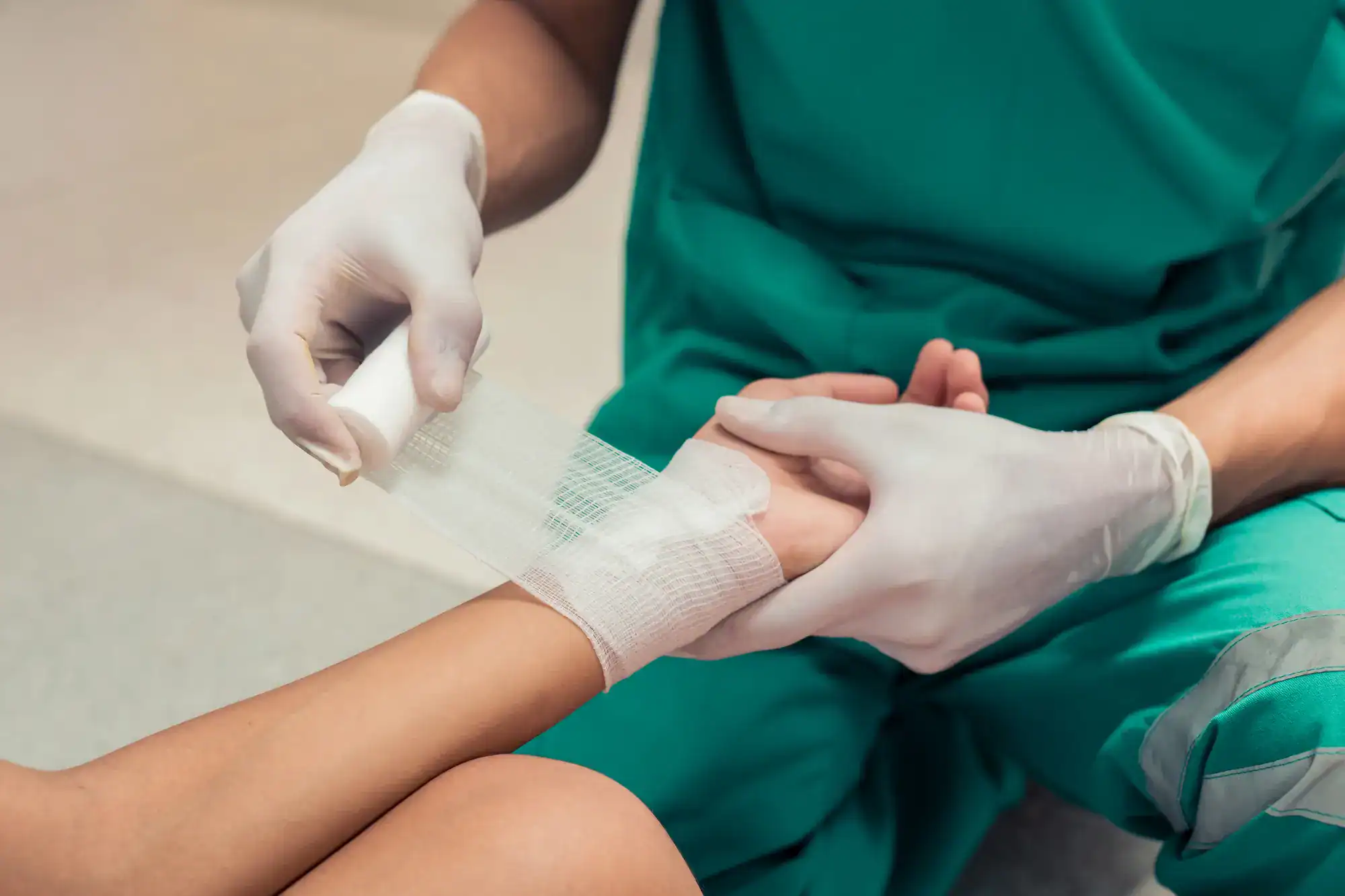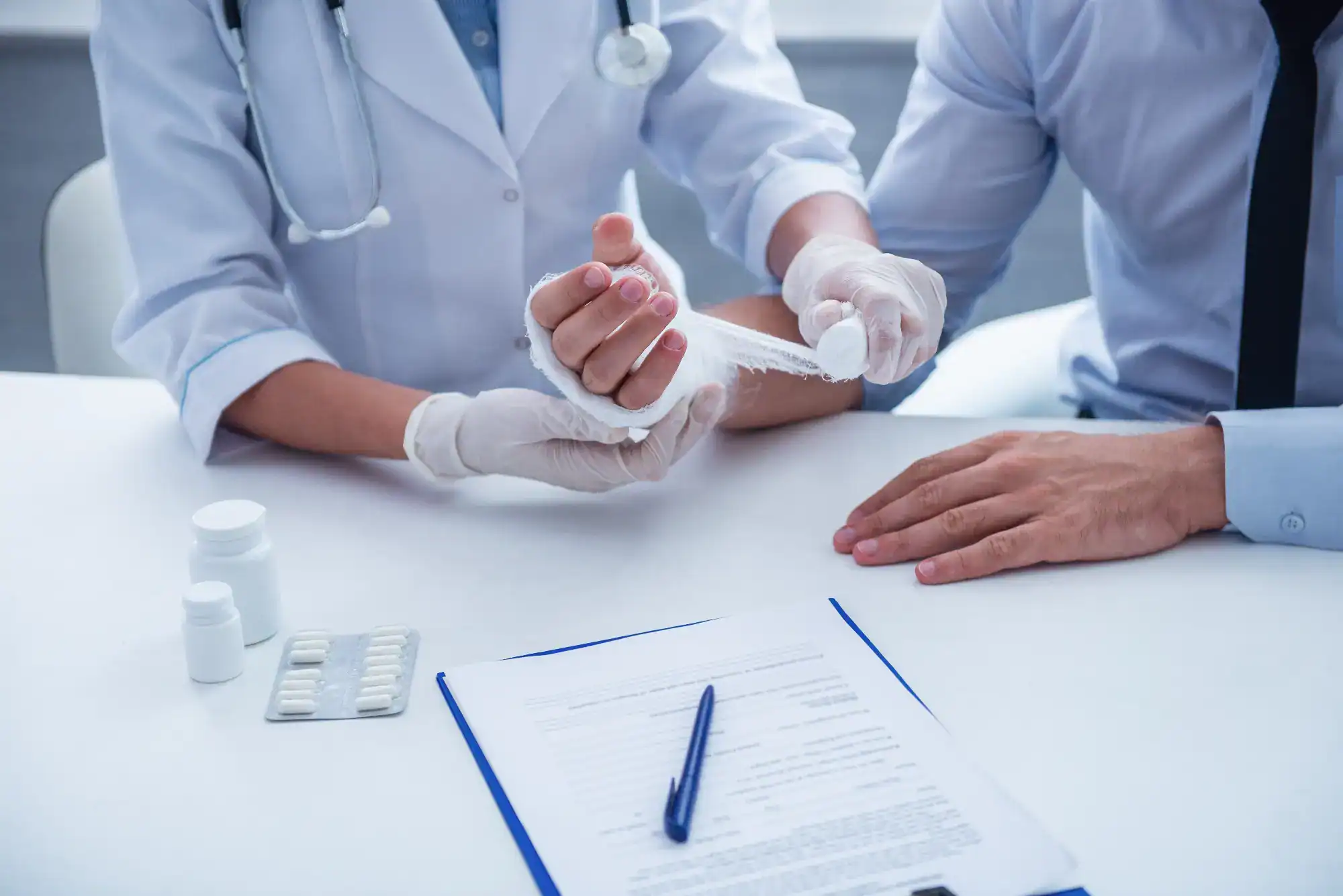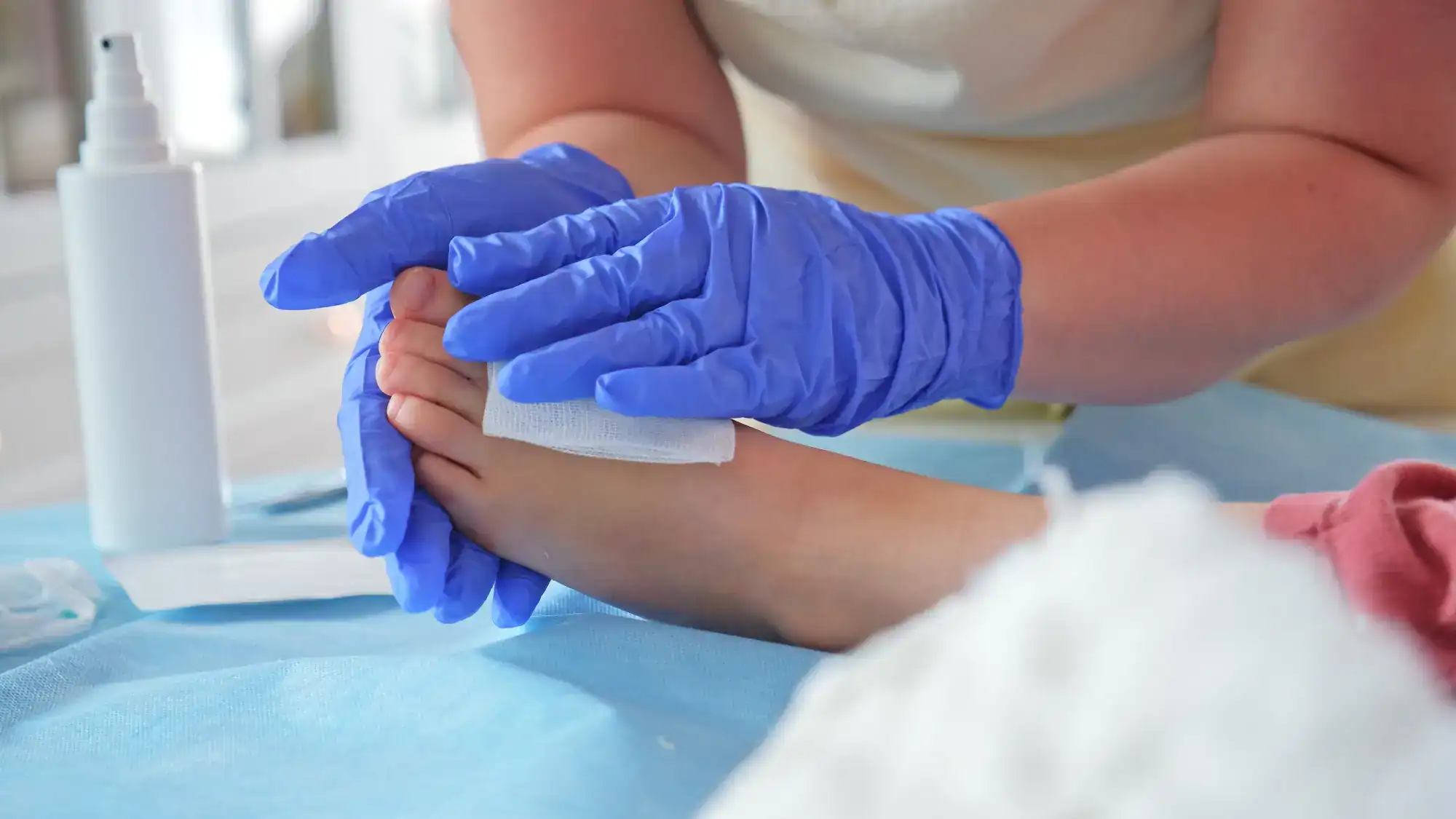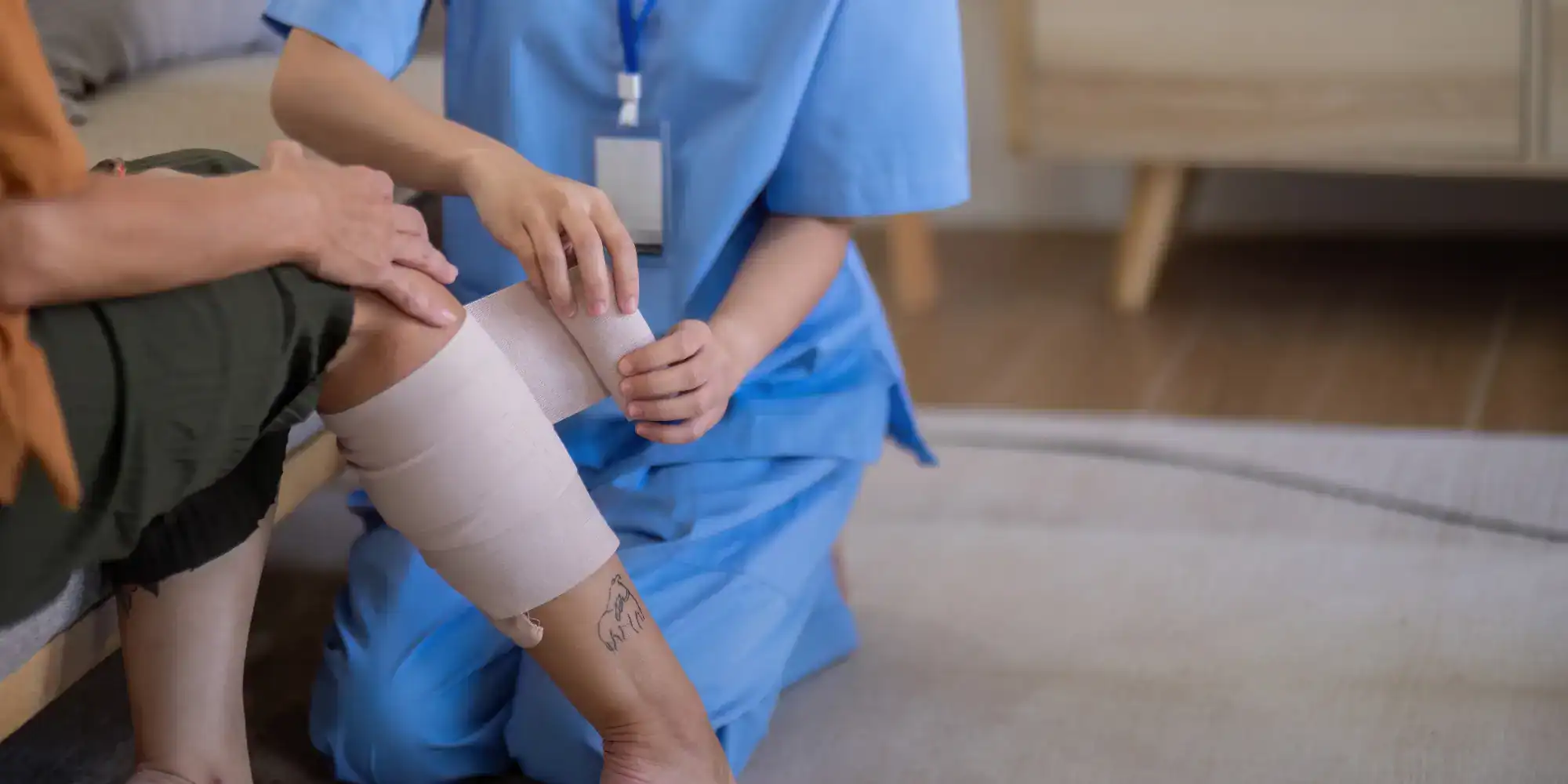Advanced wound treatments that work when standard care hasn’t, helping you get back to life.

See What Our Customers Think

You’re dealing with a wound that’s been stubborn, painful, or just not responding the way it should. Maybe it’s been weeks or months, and you’re wondering if this is just how things are going to be.
Here’s what changes when you get the right wound care. The constant worry about infection starts to fade because you’re seeing actual progress. Your daily routine isn’t built around managing pain and changing dressings that aren’t really helping.
The wound begins closing properly, following the healing timeline your body was designed for. You’re not wondering if this is going to turn into something worse, because you can see it’s getting better. That’s what happens when wound care is done right from the start.
We’ve been serving the Miccosukee community with specialized wound care that goes beyond what you’ll find at most clinics. We’re not your typical medical practice that sees wound care as just another service.
Our focus is on wounds that need more than basic treatment. The ones that haven’t responded to standard care, or that come with complications like diabetes. We’ve built our practice around understanding why wounds don’t heal and what it takes to get them back on track.

Your first visit starts with understanding exactly what’s been happening with your wound. We look at your medical history, current medications, and any underlying conditions that might be affecting healing. This isn’t a quick look and prescription situation.
We assess the wound itself – its size, depth, drainage, and tissue quality. Then we identify what’s been preventing proper healing. Sometimes it’s infection, sometimes it’s poor circulation, sometimes it’s the wrong type of dressing or care routine.
From there, we create a treatment plan that addresses the root cause, not just the symptoms. This might include advanced dressings, specialized therapies, or coordination with your other doctors. You’ll know what to expect at each stage and how to tell if things are progressing the way they should.

Ready to get started?
Your wound care includes everything needed to get proper healing started and maintained. We handle the initial assessment, ongoing monitoring, and treatment adjustments as your wound progresses through different healing stages.
For diabetic patients, we pay special attention to blood sugar management and how it affects wound healing. We also coordinate with your endocrinologist or primary care doctor to make sure your overall diabetes care supports the healing process.
You’ll receive education on proper wound care at home, including how to change dressings, what signs to watch for, and when to call us. We also provide the specialized dressings and supplies you need, so you’re not trying to figure out what to buy at the pharmacy.
